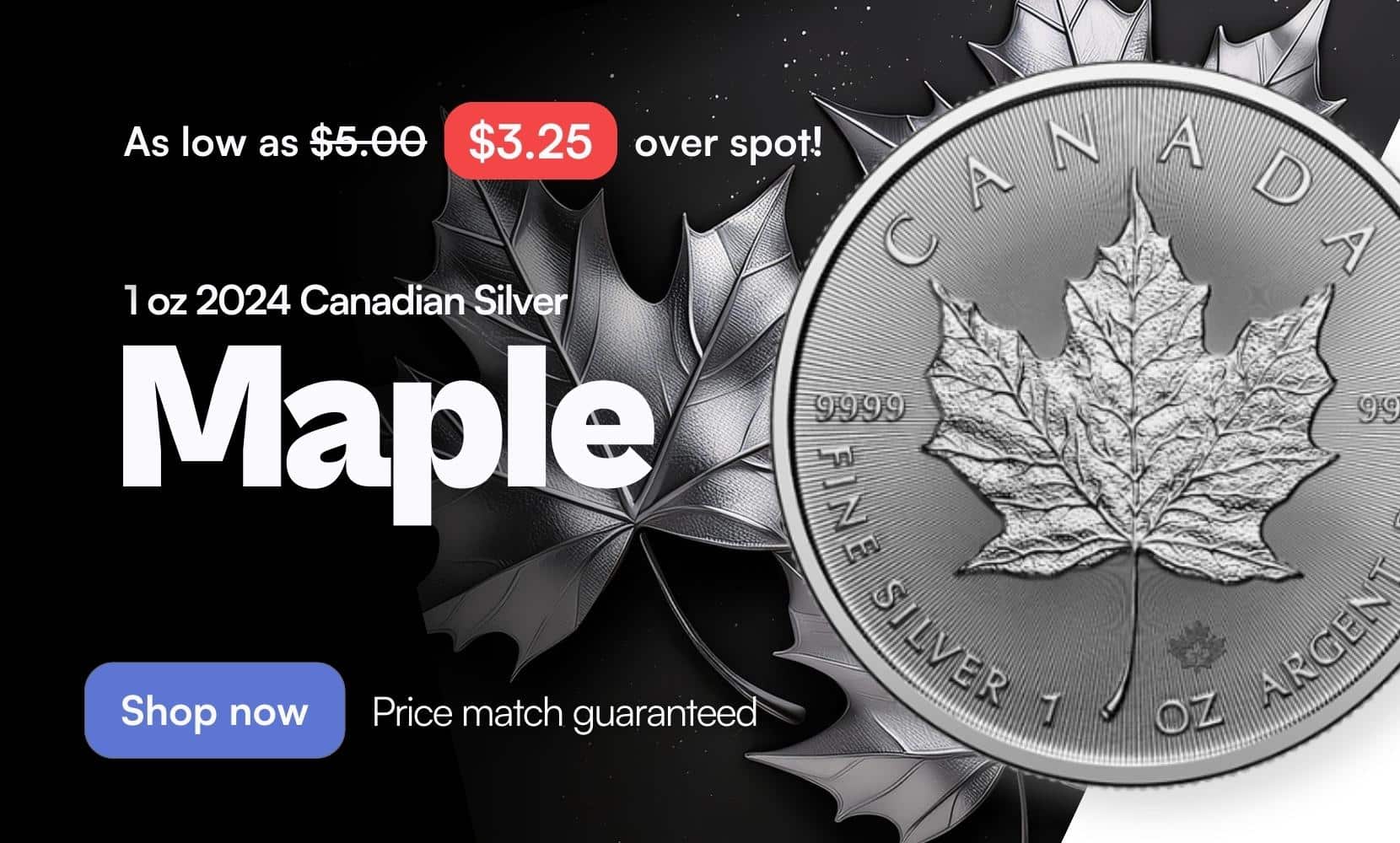The Ultimate Guide to Troy Ounce Conversion in the Precious Metals Trade
In the world of precious metals, understanding the units of measurement is crucial. This article delves into the intricacies of the troy ounce and its conversion—vital knowledge for both seasoned investors and newcomers navigating the precious metal markets. By comprehending this fundamental aspect, you can confidently engage in the buying, selling, and trading of valuable commodities like gold and silver. Let Accurate Precious Metals be your guide through the essentials of troy ounces and their conversion to other units such as grams and kilograms.
Key Takeaways
- Understanding the troy ounce is essential for dealing with precious metals.
- Conversion between troy ounces and other units like grams and kilograms is vital for international trade.
- Knowledge of the troy ounce conversion can influence investment decisions and help in evaluating the precious metals market.
- Accurate Precious Metals in Salem, Oregon, is your trusted partner for all precious metals transactions, regardless of your location, providing remote buying and selling services.
Why is the Troy Ounce the Standard Unit of Measurement in Precious Metals?
The troy ounce is the standard unit of measure for gold and other precious metals owing to its adoption by the precious metals market centuries ago. When buying and selling these commodities, it’s critical to have a consistent and reliable unit of measurement, and the troy ounce provides that standard. One troy ounce equals 31.1034768 grams, making it slightly heavier than the common ounce (avoirdupois ounce), which is 28.349 grams. This distinction is vital in the precious metals industry as it affects the value, pricing, and weight of precious metals like gold and silver.
The historical roots of the troy ounce can be traced back to the Roman monetary system where currencies were derived from the weight of corresponding bronze bars, which were broken into 12 pieces. This base-12 system influenced the subsequent units of measurements used for precious metals. The term ‘troy’ stems from the French town of Troyes, a major trading and business hub in the 10th century that attracted merchants from various regions, standardizing weights and measures, including the troy weight system.
Understanding the troy ounce is essential for anyone involved in the precious metals market. The specific weight of the troy ounce allows for precise valuation of gold, silver, and other valuable metals. Since the troy ounce is a unit of measurement used universally in the trading of precious metals and gems, this standardization enables easier trade and valuation across the global market.
How Does the Troy Ounce Compare to the Avoirdupois Ounce?
The troy ounce and the avoirdupois ounce differ in weight and application. The avoirdupois ounce is commonly used in the United States for all goods except precious metals, gemstones, and drugs. One avoirdupois ounce is equal to 28.349 grams, making it lighter than a troy ounce, which is 31.1034768 grams. The troy ounce is heavier due to its historical association with the weighing of precious metals and gemstones, ensuring a higher level of precision necessary in the valuation of valuables.
It’s essential to avoid confusion between these units, as inadvertent use of the avoirdupois ounce when dealing with precious metals could result in significant financial discrepancies. The distinct names and values ensure that commodities are measured correctly according to their respective weight systems. The avoirdupois ounce belongs to the avoirdupois weight system, which is based on a pound of 16 ounces, while the troy weight system counts 12 troy ounces for a troy pound.
For investors and anyone dealing with precious metals, understanding the difference between the troy ounce and the avoirdupois ounce is crucial. When precious metals like gold and silver are traded or assessed for value, they are always measured in troy ounces to maintain consistency within the industry and avoid any potential for error in the recording and valuing of these metals.
Understanding the Historical Significance of the Troy Weight System
The troy weight system is a unit of measure that has been deeply entrenched in the trading of precious metals since the Middle Ages. Its name is derived from the French town of Troyes, which was a significant trading center where merchants from around Europe would converge and trade goods, including metals like gold and silver. The system was standardized in England around 1527, during the reign of Henry II, and it has been used in English-speaking countries ever since.
Historically, the troy weight system played a pivotal role in commerce and the minting of coinage. Its precision made it suitable for trade in high-value materials, and it became the system of choice for merchants and nobility dealing in gold, silver, and gemstones. The troy ounce became so ingrained in the commodity trading world that it persisted even through the adoption of the metric system in many countries, remaining the standard unit of measurement for precious metals and gems.
Today, the troy weight system is still used across the global market, particularly in the areas of precious metals trading, whether it be gold bars, silver bullion, or even platinum coins. Its adoption by the precious metals market has provided a consistent benchmark for international trade, ensuring that traders worldwide can communicate weight and value accurately and effectively.
What is the Troy Pound and How is it Used?
The troy pound is another unit of the troy weight system, which is specifically used in weighing precious metals. As opposed to the avoirdupois system wherein one pound has 16 standard ounces, one troy pound is equivalent to 12 troy ounces. This equates to approximately 373.24 grams, which is lighter than the avoirdupois pound that is equal to 453.59 grams. The use of the troy pound is now largely historical as the troy ounce has become the more commonly used measure in the precious metals industry.
This unit has its roots in the monetary system of medieval Europe, where it was used alongside systems like the carat system for gemstones. Despite its historical importance, it is rarely used in present-day trading, with most countries and bullion dealers, including Accurate Precious Metals, preferring to use troy ounces or metric measurements. The troy pound’s legacy remains significant, however, as it provides context and understanding of the evolution of weights and measures in trade.
Understanding the troy pound and its relationship to other units in the troy system is an important aspect of the historical context of the precious metals market. For modern day use, though, traders, investors, and collectors are much more likely to encounter the troy ounce as the primary unit of weight for gold, silver, platinum, and palladium transactions.
Important Points to Remember
- The troy ounce is the standard unit of measurement in the precious metals trade.
- Converting troy ounces to grams and kilograms is essential for accurate valuation in the global marketplace.
- Historical origins of the troy ounce can be traced back to ancient trading practices and standardized during the reign of Henry II of England.
- The troy weight system is crucial for investors and collectors in evaluating the weight and value of precious metals like gold and silver.
To learn more about precious metals and for assistance with any transactions, contact Accurate Precious Metals at 503-400-5608 or visit our website at accuratepmr.com. Follow us on social media to stay up-to-date with the latest news and trends in the precious metals industry.
FAQs: Precious Metals Conversion
Q: What is a troy ounce and how is it used for measurement?
A: A troy ounce is a unit of measurement used predominantly in the precious metals industry, including gold and silver. It is equivalent to approximately 31.1 grams and is commonly used to measure the weight of items like gold coins or bullion.
Q: How can I convert troy ounces to kilograms?
A: To convert troy ounces to kilograms, you can use the conversion factor of approximately 1 troy ounce = 0.0311 kilograms.
Q: Is there a conversion table available for troy ounces to other units of measurement?
A: Yes, there are conversion tables that show the equivalent values of troy ounces in other weight measurements such as grams, pounds, or pennyweights.
Q: What is the historical significance of the troy ounce?
A: The troy ounce has been used for centuries as a standard unit of measurement for precious metals like gold and silver. It has roots dating back to 1828 and has been widely adopted in the industry.
Q: How many grains are in a troy ounce?
A: There are 480 grains in a troy ounce, which is an important measurement for determining the purity and value of precious metals.
Q: What is the value of a troy ounce of gold?
A: The value of a troy ounce of gold is determined by the current market price of gold, which fluctuates based on various factors like supply, demand, and economic conditions.
Q: Are gold coins typically measured in troy ounces or other units?
A: Gold coins are commonly measured in troy ounces, reflecting the standard unit of measurement for precious metals in the industry.
 Have a question?
Have a question?









